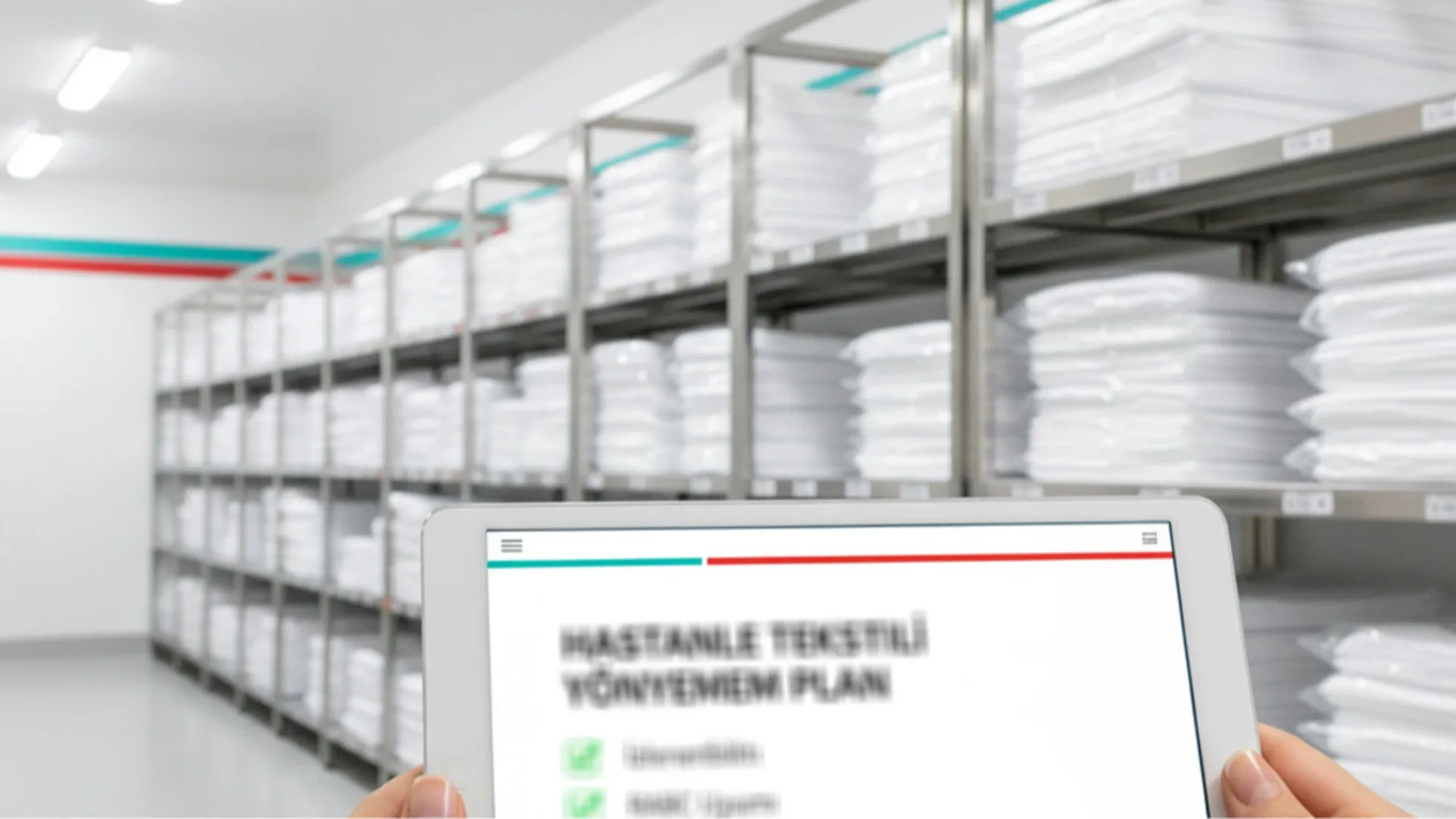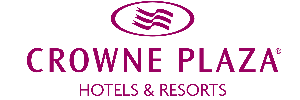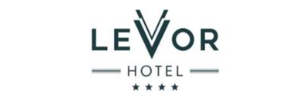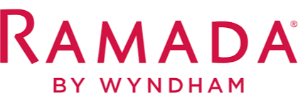Textile management in healthcare institutions directly impacts quality assurance and infection control. It requires systematic planning, monitoring, and documentation at the organizational level. This approach targets hospital administrators seeking integration of washing, tracking, and quality assurance processes into a unified framework. Medical laundry operations must align with patient safety protocols, including certified hygienic cleaning requirements, high-temperature washing systems, and validated antibacterial washing solutions. Verified reporting and traceable sterilization cycles ensure compliance with health regulations. Designed for institutional stakeholders, this model helps optimize hospital textile service operations and maintain hygienic consistency across medical facilities.
Planning and Traceability in Hospital Textile Washing Processes
Effective planning and traceability are essential for managing hospital textile operations. The hospital textile management plan defines risks, workflow stages, and performance metrics. Collaboration between hospital teams and medical laundry services ensures outcomes that meet infection control standards. Key traceability components include timestamped records for collection and distribution, washing route logs, chemical usage tracking, temperature validation, and documentation of sterilization cycles. Quality control samples and certified hygiene reports must be periodically reviewed. Contractual agreements with hospital textile washing providers should include service-level indicators and performance clauses. High-temperature systems and antibacterial washing solutions must be selected based on risk analysis. Continuous monitoring and regular audits maintain operational consistency and regulatory compliance.
Digital Auditing and Reporting in Sterile Washing Process Monitoring
Digital auditing systems strengthen medical textile process control and infection prevention. Hospitals use real-time data tracking for temperature, chemical dosage, and process duration to verify sterilization stages. These records support medical textile cleaning standards and infection control certifications. Quality assurance teams conduct periodic analyses to identify deviations and initiate corrective measures. Data from the steril washing process must be compared against digital reports for verification. Reports assist hospital managers in supplier evaluations and internal audits. The hospital textile management plan should define digital monitoring protocols, system alerts, and data security policies. Verified reporting enhances transparency, supporting decision-making and continuous improvement in hospital laundry operations.
Ensuring Continuity in Medical Textile Management with the RABC Hygiene Control System
The RABC hygiene control system provides a risk-based framework for medical textile management. It analyzes workflows, resources, and environmental impacts to establish critical control points. Weekly and monthly RABC monitoring cycles validate compliance with hygiene certification and infection control standards. The hospital textile management plan integrates RABC data to define preventive actions and performance indicators. Continuity is reinforced through technical measures like high-temperature and antibacterial washing systems. Management should regularly review RABC reports, evaluate inconsistencies, and apply corrective actions. Coordinated execution of RABC protocols ensures sustainable quality and reliability across healthcare textile operations.
Infection-Control-Compliant Textile Distribution Plans
Textile distribution planning plays a key role in minimizing contamination risks during logistics. Protocols must separate clean and soiled routes and regulate personnel movement. Distribution programs for patient linens and gowns should integrate traceability checkpoints and certified documentation. Sampling plans and delivery confirmations must align with medical textile cleaning standards. The hospital textile management plan should define distribution routes, container sanitization procedures, and emergency redistribution scenarios. Packaging and labeling must comply with infection control requirements. Coordination between technical and logistics teams minimizes risk and strengthens institutional hygiene compliance. Proper documentation provides proof of adherence and enables periodic performance evaluation.
Certified Hygiene Cleaning and Organizational Models for Healthcare Institutions
Certified hygiene cleaning frameworks are tailored to meet institutional healthcare needs. The medical textile management model defines team responsibilities, shifts, and sterilization workflows. Certification documents must correlate with performance indicators from medical laundry operations. Plans standardize patient linen and gown washing procedures, disinfected textile handling, and antibacterial washing systems. Management should prepare a comprehensive hospital textile management plan integrating supplier agreements, staff training, and quality control protocols. Regular monitoring, audits, and reporting verify compliance with hygiene certification requirements. Organizational models must also include on-site supervision, data-driven reporting, and continuous staff education. These practices ensure patient safety, operational efficiency, and full regulatory alignment in healthcare environments.
























